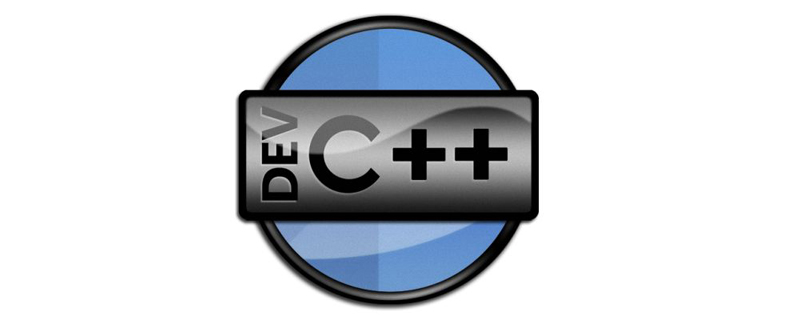Home > Article > Backend Development > C language must memorize entry code
C language must memorize entry code
- 王林Original
- 2019-10-29 14:14:58204391browse

#1. Output the 9*9 formula. There are 9 rows and 9 columns in total, i controls the rows and j controls the columns.
#include "stdio.h"
main()
{int i,j,result;
for (i=1;i<10;i++)
{ for(j=1;j<10;j++)
{
result=i*j;
printf("%d*%d=%-3d",i,j,result);/*-3d表示左对齐,占3位*/
}
printf("\n");/*每一行后换行*/
}
}2. Determine how many prime numbers there are between 101-200, and output all prime numbers and the number of prime numbers.
Program analysis: How to determine prime numbers: Use a number to divide 2 to sqrt (this number) respectively. If it can be divided evenly, it means that the number is not a prime number, otherwise it is a prime number.
#include "math.h"
main()
{
int m,i,k,h=0,leap=1;
printf("\n");
for(m=101;m<=200;m++)
{ k=sqrt(m+1);
for(i=2;i<=k;i++)
if(m%i==0)
{leap=0;break;}
if(leap) /*内循环结束后,leap依然为1,则m是素数*/
{printf("%-4d",m);h++;
if(h%10==0)
printf("\n");
}
leap=1;
}
printf("\nThe total is %d",h);
}3. The function of the following program is to rotate a 4×4 array 90 degrees counterclockwise and then output it. The data of the original array is required to be randomly input, and the new array is arranged in 4 rows and 4 columns. Output
main()
{ int a[4][4],b[4][4],i,j; /*a存放原始数组数据,b存放旋转后数组数据*/
printf("input 16 numbers: ");
/*输入一组数据存放到数组a中,然后旋转存放到b数组中*/
for(i=0;i<4;i++)
for(j=0;j<4;j++)
{ scanf("%d",&a[i][j]);
b[3-j][i]=a[i][j];
}
printf("array b:\n");
for(i=0;i<4;i++)
{ for(j=0;j<4;j++)
printf("%6d",b[i][j]);
printf("\n");
}
}4. Programming to print right-angled Yang Hui triangle
main()
{int i,j,a[6][6];
for(i=0;i<=5;i++)
{a[i][i]=1;a[i][0]=1;}
for(i=2;i<=5;i++)
for(j=1;j<=i-1;j++)
a[i][j]=a[i-1][j]+a[i-1][j-1];
for(i=0;i<=5;i++)
{for(j=0;j<=i;j++)
printf("%4d",a[i][j]);
printf("\n");}
} Recommended tutorial: c tutorial
The above is the detailed content of C language must memorize entry code. For more information, please follow other related articles on the PHP Chinese website!